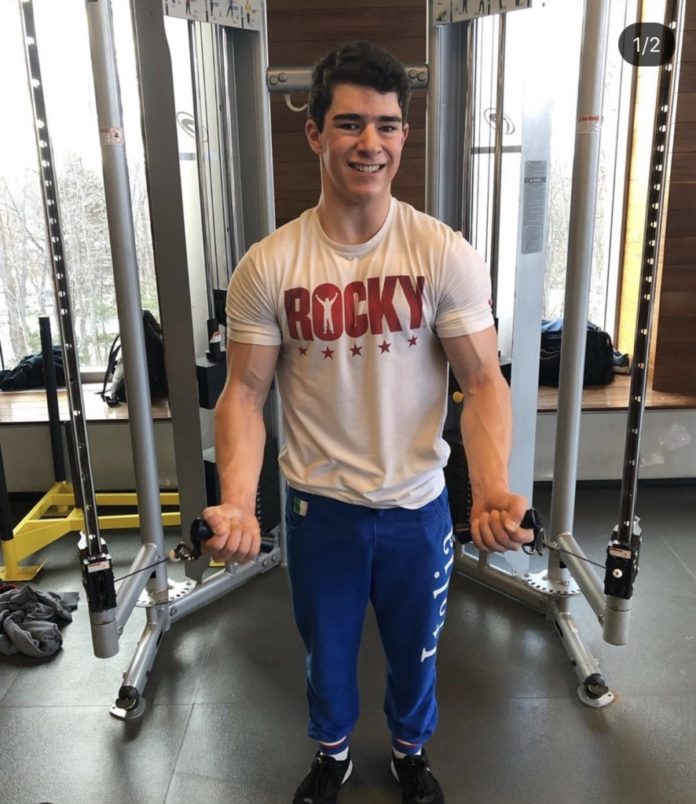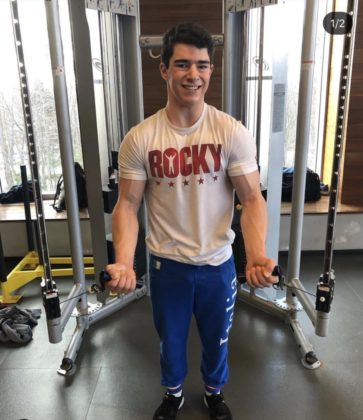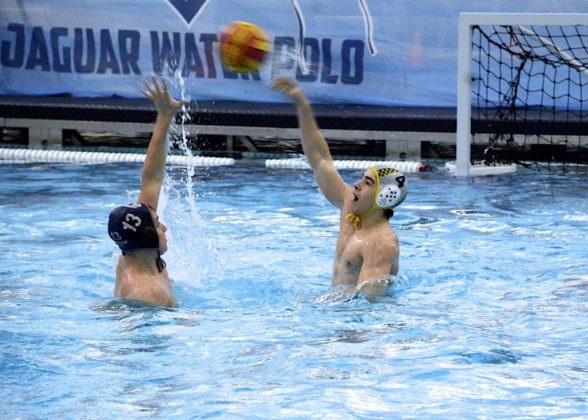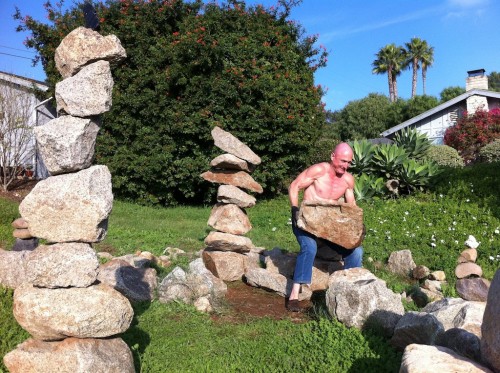At Jesuit, sports are a significant part of lives where we strive to push our physical capabilities beyond their thresholds. To help our bodies prepare, we retreat to the weight rooms and gyms to add more resistance and to challenge our bodies further than the field, pool, or track can provide.
As a result of the COVID-19 outbreak, athletes who look forward to their spring semester training are currently getting creative and crafty to find solutions around not having gyms due to them being closed. To aid grievances affecting athletes missing their alternate place of worship, aka “the house of gains,” or the gym, I reached out to Powerlifter, Student Body Vice President Will Nickols ’20 as well as alumni Emmet Halm ’19, a ferocious water polo player and current powerlifter who currently attends Harvard for their support.
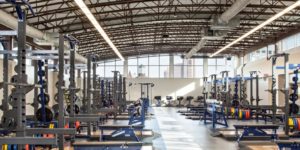 Advice From Emmet Halm:
Advice From Emmet Halm:
As a powerlifter and active person like yourself, how do you respond to the COVID-19 outbreak stopping you from going to the gym?
“It initiated with 5-stages of grief then I got on with training. If you’re committed to the pursuit, you’ll find a way to get your workout in. I had previous experience training without any gym from backpacking last summer so it wasn’t too hard an adjustment. Instead of focusing on the classic squat, bench, deadlift barbell exercises, I started doing calisthenics. With calisthenics, all you need is a little space and your own bodyweight. I would go to a park, playground, or grassy area and work on pushups, pullups, 1-legged squats, crunches, handstands, difficult plank variations, etc. So when I realized I had to stay at home for next few months, I got back into this routine. “
For Jesuit Athletes without a gym, what can you recommend for them?
“For anyone hoping to protect their strength gains or start making new ones, I’d recommend a balanced calisthenics routine split evenly between upper body and lower body muscle groups. If you want to add more resistance to your calisthenics movements, grab a backpack or suitcase and fill it with some bricks, rocks, textbooks. You may look stupid, but you’ll be stupid strong. It’s up to you.
Here’s what a basic program looks like:
-
-
- Workout A: pushups, pullups, chair dips, backpack curls, crunches
- Workout B: Squats (single leg is harder) wearing a backpack, lunges, split squats, planks
- Alternate workout A and B 4-5 times a week.”
-
Any interesting Harvard fitness tips that could be useful?
“Nothing Harvard specific besides that the Jesuit weight room is much nicer! Also, Harvard isn’t known for its swole student body so if you come here as a gains-inclined individual you will seem extremely jacked relative to everyone else.”
How can athletes best preserve their strength without the gym
“Keep finding ways to challenge yourself. You get stronger only when you apply increasingly challenging stimuli to your body, so you need to keep adding weight to your brick-backpack, adding reps to your sets, and finding harder variations of each movement. Turn pushups into weighted pushups, then into one-handed pushups.”
Emmet also has his own Instagram page following his personal fitness life @Halmlifts for home workout ideas, nutrition, and entertainment
Advice from Will Nickols:
For strength athletes like yourself without a gym what are you doing to keep yourself in peak condition?
“I’ve been trying to keep the same workout schedule as during the winter, which means: legs, chest, and triceps on Monday, Wednesday, and Friday; biceps, back, and abs on Tuesday; and a run on Sunday. For legs, I go to a creek behind my house and lift a stone that I found. It’s only about 150 pounds, but if I hold it far from my legs, it provides more resistance. (I also dragged a heavier rock across the creek to lift yesterday, but I realized it weighs like 500 pounds so I’m not sure what I’ll do with it yet. I’m also looking into making a deadlift bar out of a metal fence post and 10 gallon buckets of water.) After deadlifts, I’ll do wall sits or single leg squats. (I might try pushing the car in the future, but I haven’t gotten to that yet.) For chest, I fill a bag with about 40 pounds of rocks and do push ups with the bag on my back. For biceps and back, I do as many pull-ups as I can at a time until I get to 200 total. In between sets of pull-ups, I do sit-ups until I get to 500 total. Sunday runs are the same as always.”
Without a gym is it cardio only?
How do you stay motivated to keep working out?
“Motivation is a choice. Remember that every moment spent playing video games could be a moment used to get stronger and healthier.”
The bottom line for Athletes looking for something to do with all the extra time and freedom in the day, they should focus on getting creative and train outside their usual paradigm.
Check back to The Roundup for more remote coverage!


